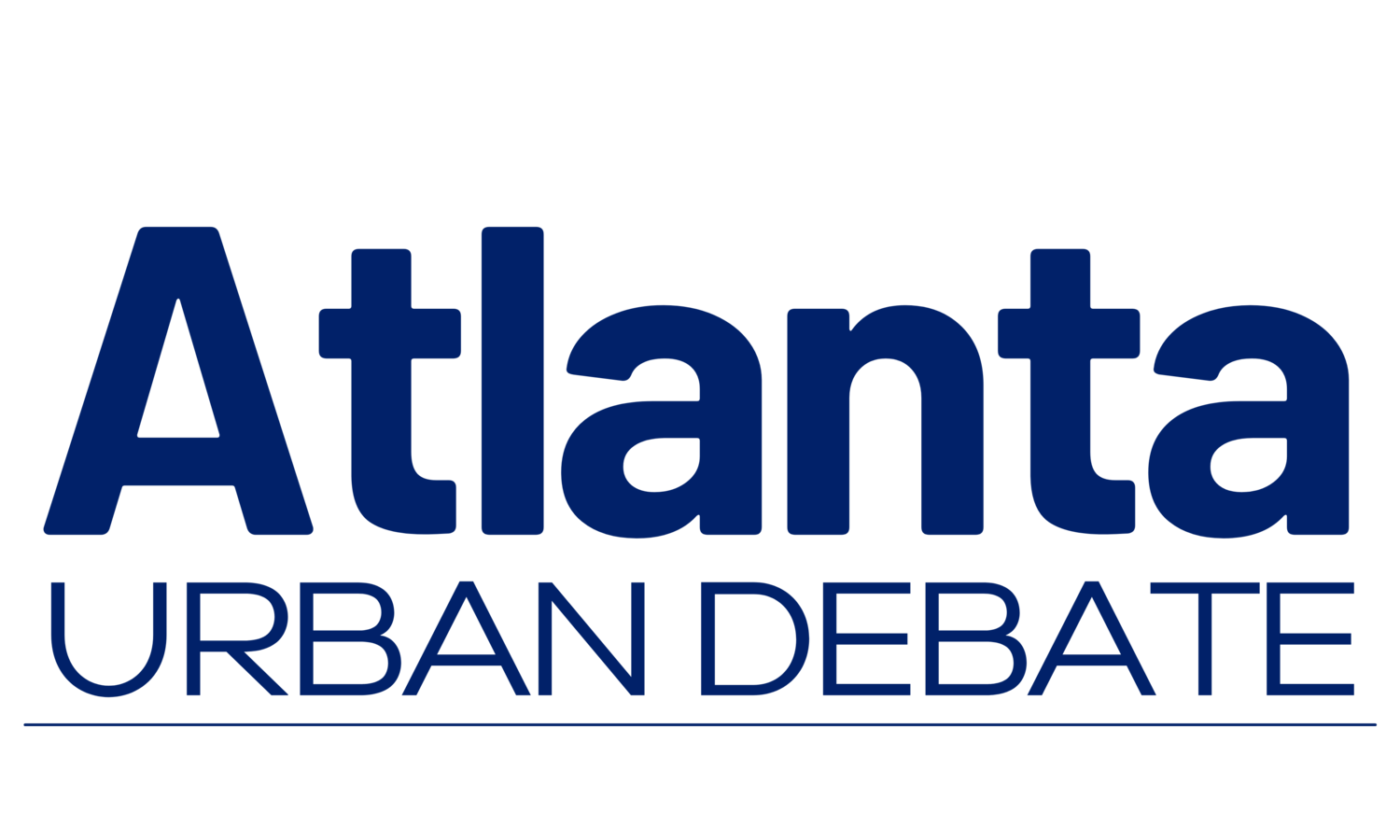The Atlanta Urban Debate League is committed to providing excellent debate education programs, services, and opportunities to diverse students, educators, and members of the community!
Argument Selection: 2AC Drill
Learning Objectives
Introduce fundamentals of argument selection.
Apply principles of argument selection to arguments from the AUDL evidence packet.
Time Needed
~30 min.
Resources & Materials
Paper (2-3 sheets per student)
Pencil/pen (1 per student)
Evidence packet (1 per student)
Teacher Preparation
Review principles of argument selection, per the AUDL curriculum.
Select (and review) a 1NC disadvantage shell and its associated 2AC block.
Lesson Outline
- Argument Selection – 2AC Drill (Activity)
- To begin, divide students into small groups (2-3 students).
- Assign one advanced student to each group (if possible).
- Ask each group to select a representative to deliver a short speech.
- Give each group a short period of time to review the 1NC disadvantage shell.
- Call on each group to explain a different component of the disadvantage.
- Flow each part of the disadvantage on the board.
- Shorten this part as necessary.
- Once the DA review is complete, ask each group to analyze its associated 2AC block.
- Each group should select one argument from the 2AC block and prepare a short speech (no more than 1:30) giving three reasons supporting its selection.
- Once the speeches are prepared, ask each group to present its speech.
- Flow each speech on the board.
- At the end of the activity, your goal is to have a list of positive “prodicts” for each argument.
- To begin, divide students into small groups (2-3 students).
- Argument Selection – 2AC Drill (Reflection)
- Give a short lecture introducing the fundamentals of Argument Selection.
- Reference the content provided by the squad as much as possible.
- Using the “prodicts” provided for each argument, create a list of the following:
- Characteristics of a good argument that SHOULD be extended.
- Characteristics of a bad argument that should NOT be extended.
- Students often have difficulty with argument selection. This activity is successful if:
- Less experienced students understand they should MAKE CHOICES during a debate.
- More advanced students understand the basics of HOW to MAKE CHOICES during a debate.
- Give a short lecture introducing the fundamentals of Argument Selection.
Points of Improvement
Students focus on the content of an argument, not its role in the broader debate.
Students do not understand the difference between argument quality and strategic value.
Signs of Mastery
Students understand they must make choices and have a basic framework for doing so.
Instructor Notes
- This activity is best for intermediate/advanced students.
- Argument selection can be VERY DIFFICULT for students to understand.
- If students understand that they should MAKE CHOICES by the end of the activity, you’ve succeeded.
- Watch your time! This activity has multiple parts.
